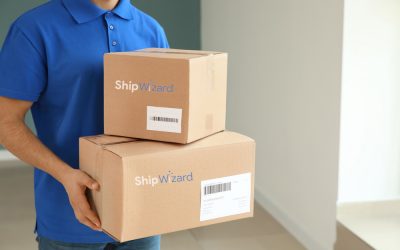After months of working hard on your website, you’re finally done designing and adding inventory — it’s almost time to launch. Just a few more checks and your eCommerce site will be ready for customers and sales… or will it?
Not every site is ready for “prime time,” and you don’t want to launch until yours is. If the first impression you’ll give your customers will be a bad one, they’ll be sure to tell their friends about – which can hurt your eCommerce sales for years.
Your brand image is a delicate blend of the messages you send out into the world — for the very best first impression, you’ve got to make your launch count. There are lots of things to consider, but some of the most important and basic are also the ones that a stressed-out business owner may gloss over in their hurry to get everything finished.
Before you launch that site, make sure you’ve completed these four things:
Cross your Ts and dot your Is. It should go without saying that you need to proofread your site carefully. Hiring a professional proofreader isn’t a bad idea — after all, everything the web is going to know about your business comes from the site. Customers who see sloppy sales copy and poorly punctuated product descriptions may assume that your order fulfillment has just as many problems.
In addition to making sure everything is spelled correctly, you also need to make sure the eCommerce site functions properly. Do test purchases and carefully look at the process through a customer’s eyes. Fix any clunky processes and make sure to have systems in place that deliver information about orders automatically – and be sure that information is proofread too!
Spell out your policies. There’s nothing more frustrating to a customer than getting to the end of an order just to find out that a website only takes Discover or won’t ship internationally. Equally important to customers is knowing that they can return an item they don’t like or isn’t how they imagined it would be from the product description. Make sure your policies, from purchase to product distribution, are spelled out from the start in simple language so everybody can understand how to do business with you.
Plan enough manpower. You may think you can tackle the business your eCommerce site generates on your own, but it won’t take long before customers flock to your site if you’re providing excellent customer service and order fulfillment. As your customer base grows, the quality of care you can realistically provide is going to shrink – so think ahead and make sure you’ve got enough help to keep customers happy. If you can’t afford full time staff, consider hiring a company that specializes in professional eCommerce fulfillment services to help you.
Take careful inventory. Your product availability must be accurate for customers to have the best experience, and that means inventory control has to be tight. You’re going to be dealing with products coming and going constantly, make sure you’ve got a system in place to deal with all the activity. Whether your product distribution is based out of your extra bedroom or a warehouse downtown, your inventory system must be ready well ahead of launch day.









